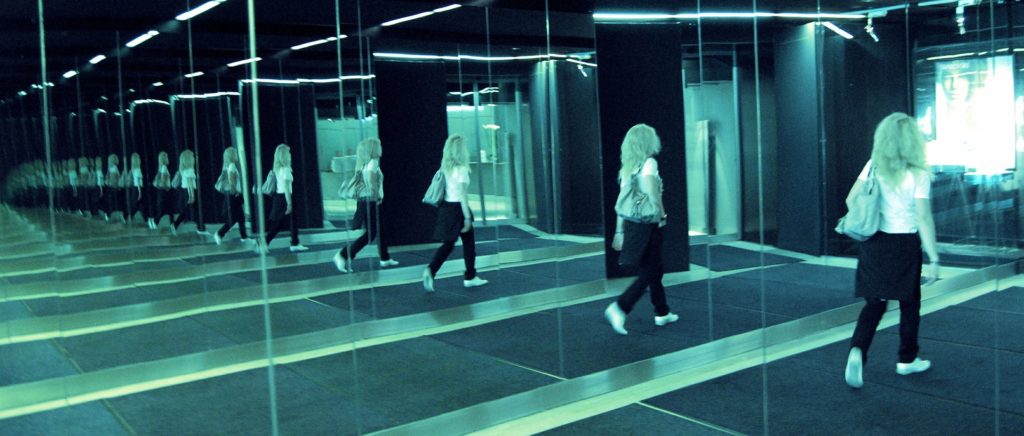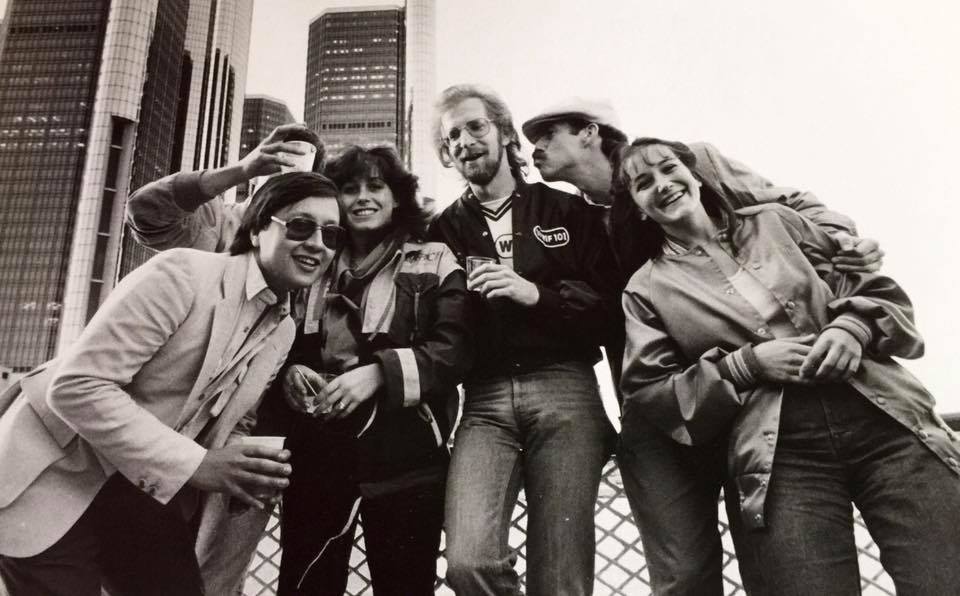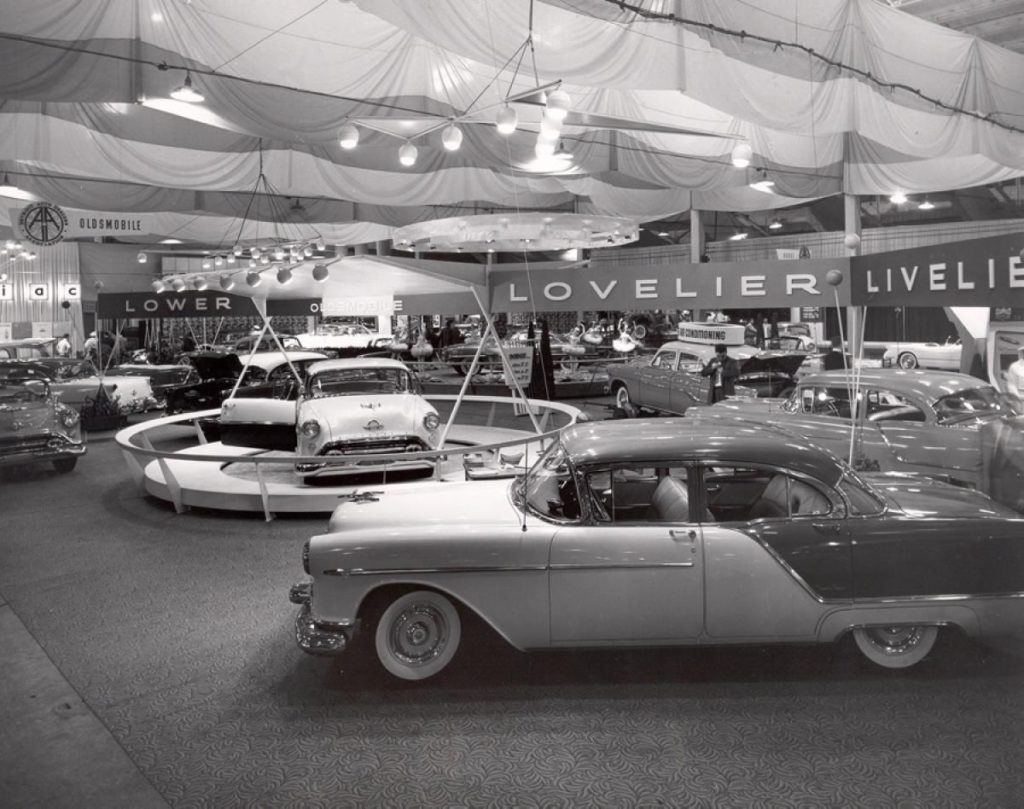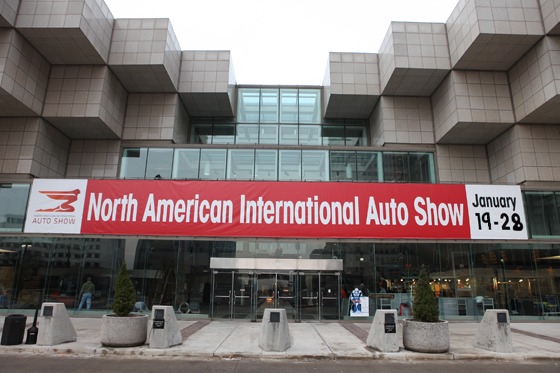
I remember the day like it was yesterday. I was standing on the Bob-Lo Boat on the Detroit River as “The RIFF Blues Cruise” was about to disembark, signaling an evening of drinking, partying, and jamming to a great blues band.
The boat was loaded with RIF revelers, eager to hang out, have a great time, knock down a few cocktails, meet their favorite jocks, and party like it was 1999 – except it was actually 1982.
And the problem was this particular event looked an awful lot of like the previous year’s cruise, as well as the one that took place the year before, and the year before that. I had that uncomfortable déjà vu moment staring out at the river, hearing the band’s sound check, and watching the audience line up on that Downtown Detroit pier.
Didn’t we just do this?

My problem?
The event had simply not evolved or improved over the years. And while still successful for both programming and sales, it was an indicator we were executing like a well-oiled machine, while still mailing it in at the same time. The “RIF Blues Cruise” had become static, despite its success. That may have worked in the ’80s, but it isn’t good enough now.
One of the great things about having longevity at a station is that you learn the moves, the market, the culture, and your audience’s expectations. But the downside, of course, is that you get caught up in the perpetual motion machine, failing to make those necessary tweaks, changes, and enhancements consumers have come to expect, whether it’s the next iPhone, the latest “Star Wars” film, or the new season of “Game of Thrones.”
 I thought of this challenge the other day when I heard the announcement the North American International Auto Show (known to Detroiters of a certain age as the Detroit Auto Show) will move the event from January to June in 2020.
I thought of this challenge the other day when I heard the announcement the North American International Auto Show (known to Detroiters of a certain age as the Detroit Auto Show) will move the event from January to June in 2020.
Now, understand this multi-day extravaganza has been held in the dead of Michigan winters for at least a half century. But executives at the Detroit Automobile Dealers Association – or DADA – have seen the writing on the wall. Finally.
Part of the reason for this move is the increasingly reluctance of European automakers to display their wares at the Detroit show. Many have gravitated away, making the event less special. On top of that, NAIAS is one week after the “show of shows” – CES – now an auto show itself. The burden on car company executives and staffers is immense with these back to back mega-events that start a new year, first in crazy Vegas, and then the quick turnaround to Detroit the very next week.
And then there’s the weather. While journalists have continued to show up in force, many Detroiters have lost interest, increasingly unwilling to brave the cold, frozen downtown streets during what is almost always the most brutal month of the year.
But it turns out the schedule isn’t the only thing changing about the NAIAS in 2020. The powers that be realized Detroit has changed, too. What was once a desolate, burned out downtown with few dining options has turned into an exciting metropolis with increasingly crowded streets and a genuine buzz. There are bikes, scooters, and even a new Q-Line running down Woodward, transporting tourists and business people from Point A to Point B.
So, DADA is taking the time and making the effort to rethink and reboot the entire event. And why not? After the earth-shaking scheduling move, it makes sense to take advantage of warmer weather and a revived market to create a completely different experience for both consumers and automakers. 
Fans crave new experiences, whether it’s at Lollapalooza, DisneyWorld, or your station’s annual music festival. How can you repackage, rebrand, recreate, and reimagine different things to see and do at an evergreen event?
The longer it’s been running, the more these events need that annual update or makeover. That’s what rekindles the buzz, stimulates attendance and interest, and keeps a brand fresh.
Here are 6 steps radio brands can take to evaluate (re-evaluate) station events to ensure they stay fresh, buzzworthy, and successful:
1. Conduct a post-mortem
Often, the staff is so fried after the event’s taken place, the only thing anyone wants to do is take a couple days off.
Resist that urge. The sooner you re-gather the troops – from sales to programming to the interns – and conduct a brief meeting to learn what worked, what didn’t work, and what needs attention, the better. This is the time to send out thank-you notes (emails at worst) to all the players who helped the event come to life. And it’s also the time to take stock of what actually occurred, and its implications on next year.
2. Check in with all the players
Have the salespeople check in with sponsors, band managers (where relevant), and even a handful of fans who attended the event. Get their take on what went down, what worked, and what needs attention for next year.
3. Schedule a mini-brainstorm
No, not an all-day offsite, but a 30-minute session where you bring together your team (and perhaps an outsider or two), and come up with potential new ideas for next year or next time. Follow the rules of brainstorming, but set a time limit for this exercise. You’re busy, time is of the essence, so go for quantity, but walk away with a few new ideas to test.
4. Design a quickie web survey
If the event is big enough and you have email addresses for attendees, a flash web survey can easily evaluate this year’s event; you can also use it to test a few of those new concepts. Feedback from the audience in the form of rating potential improvements, offerings, and even pricing models can help you effectively plot out next year’s event.
5. Decide, assign, and execute
Make the calls based on these processes, assign new tasks to your team, and get going as early as possible. If an event is truly signature and moneymaker, the earlier the better to get out ahead and begin your blocking and tackling.
6. Market and promote
Whatever you do, don’t make changes and hope everyone notices. New sales materials, a new promo campaign, newly designed merch, and other enhancements should be part of the package. The more loyal attendees and clients understand the event will be bigger and better than ever – and there are more things to see, do, and sponsor – the better your odds your event is evolving in a good way.
The “Because we’ve always done it this way” excuse is the bane of radio stations because it leads to lethargy, burnout, and eventual cancellation due to lack of interest. Whether it’s that weekly auto dealer remote, the annual street party, the North American International Auto Show, or yes, even the Bob-Lo Blues Cruise, time, attention, and creativity for legacy events isn’t just a good idea – it’s a necessity.
It’ll be nice to see those bright, new cars, concept vehicles, and technologies without being weighed down by heavy winter jackets, scarves, and boots in June of 2020 in Motown.
And I’m betting Detroit will look back on the January Auto Show and wonder:
“What took us so long?
- How Will Radio Fare In The Battle For The Fourth Screen? - April 3, 2025
- Like A Pair Of Old Jeans - April 2, 2025
- What’s Fair Is Fair - April 1, 2025




Leave a Reply